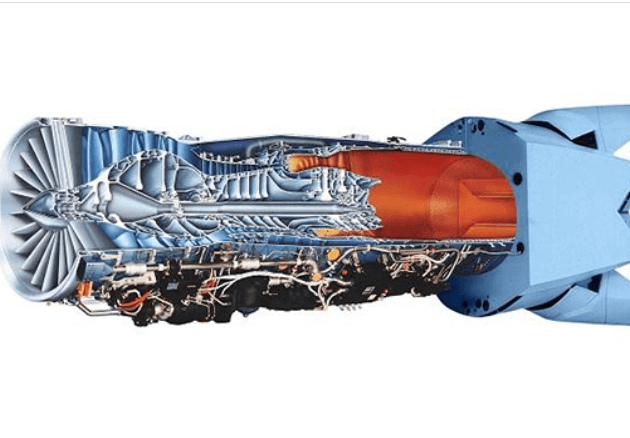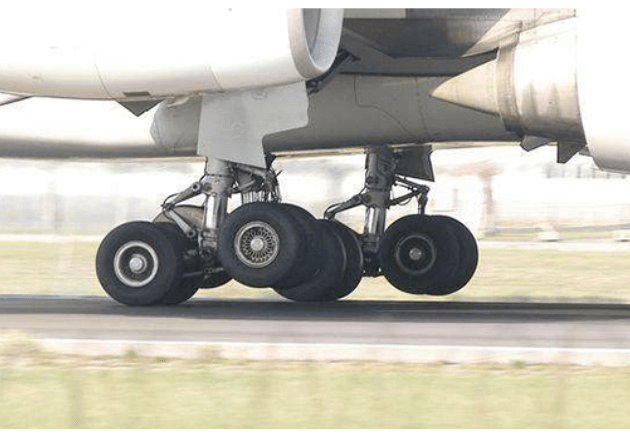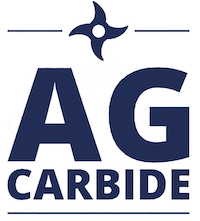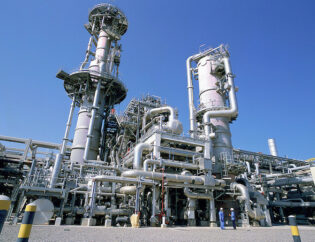Safer, more efficient and faster machining of composites in the aerospace industry


A key factor for success in the aerospace industry is weight reduction. Passenger aircraft must become lighter and more efficient. The materials used in aircraft building provide tooling with new challenges.
Twenty years ago the aviation industry was largely invested in using aluminum alloys. With the next generation of aircrafts such as the Airbus A320neo and A350, or the Boeing 787 Dreamliner and 737 MAX, a new range of materials were needed to machine composite stacks. They involve titanium alloys and complex composite materials such as Ti / SFRP or Ti / CFRP / Al.
When machining these difficult composites you require a tool made of high quality tungsten carbide due to the vast difference in the properties of the different materials. This requires optimally designed tool geometry for machining, then if needed, a suitable coating. However, to get the best results, the base material – the tungsten carbide substrate – is a key factor for success. Due to years of cooperation with many partners in aircraft manufacturing, we were able to gain extensive knowledge in this area.
Machining Ti / CFRP: Our specially developed double step drills made out of AX10 tungsten carbide were able to meet all the requirement for machining a TI / CFRP composite without being coated. The tight drilling tolerance could be met in both carbon-reinforced as well as titanium materials.
Machining Ti / CFRP / Al: Coated tools have been significantly improving for years. When constructing the fuselage of an A380, a diamond coated drill made of AS10 is used to machine the pressure bulkhead. This meant that two processes (drilling and reaming) could be replaced by a single step. With this change an addition of 140 percent in service life was also achieved.





